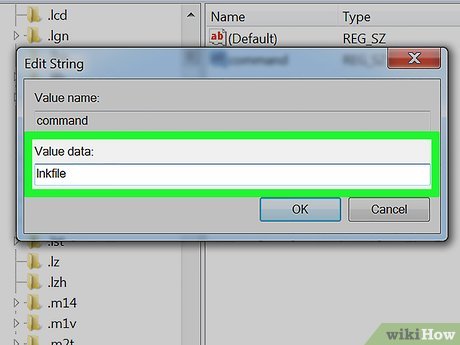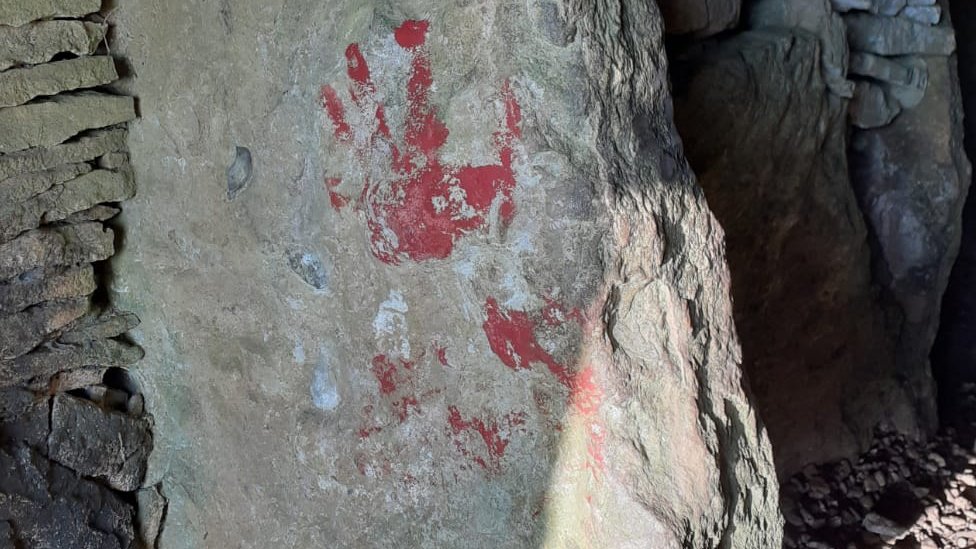|

File TypeWindows Shortcut
| Developer | Microsoft |
| Popularity | |
| Category | System Files |
| Format | Binary |
What is an LNK file?
An LNK file is a shortcut or 'link' used by Windows as a reference to an original file, folder, or application similar to an alias on the Macintosh platform. It contains the shortcut target type, location, and filename as well as the program that opens the target file and an optional shortcut key. The file can be created in Windows by right-clicking a file, folder, or executable program and then selecting Create shortcut.
Yes, it gets the TargetPath which is equal to the 'Start in' property of the.lnk file, but I want the Target property which includes parameter switches etc. – Mythio Mar 13 '17 at 13:03 That's a very interesting assertion, as when I tried it before posting, I got the path of the executable, including the exe file name itself - which is not. I'm wondering if someone knows how to read the target of a shortcut file (.lnk) using the command line? Using tools like vbscript is the way to go. However if you are still inclined to command line, you can type out the.lnk file.

LNK files typically use the same icon as their target file, but add a small curled arrow to indicate that the file points to another location. When double-clicked, the shortcut acts exactly the same way as if the user clicked the original file.
LNK files with shortcuts to a program (.EXE file) can specify attributes for how the program runs. To set the attributes, right-click the shortcut file, select 'Properties,' and modify the Target field.
ISO download page for the game: Mario Kart 8 (Wii U) - File: Mario Kart 8 (EUR).torrent - EmuRoms.ch. Mario kart 8 wii u iso torrent.
Windows do not display the .lnk file extension for file shortcuts even when the 'Hide extensions for known file types' folder viewing property is unchecked. While not recommended, you may enable the file extension to be displayed by deleting the 'NeverShowExt' property within the HKEY_CLASSES_ROOTlnkfile Windows registry entry. To do so, follow these instructions:
Read Lnk File Cmd
- Open 'Registry Editor' by typing 'regedit' in the taskbar search box and selecting the program.
- Navigate to the ComputerHKEY_CLASSES_ROOTlnkfile location in the program.
- Create a backup of the key by right-clicking 'lnkfile' and selecting Export (you can use this to restore your key in case of an error).
- Select the 'NeverShowExt' property and delete it.
- Restart Windows.
Read more about Windows shortcuts in the FileInfo.com Help Center.
NOTE: Changes to the LNK file association may cause your Windows desktop icons to unexpectedly change or disappear. You can visit the Help Center for instructions on how to fix your Windows icons.
 Open over 300 file formats with File Viewer Plus.
Open over 300 file formats with File Viewer Plus.Programs that open LNK files

Read Lnk File App

LNK File - What Is It And How Do I Open It?
See More Results
